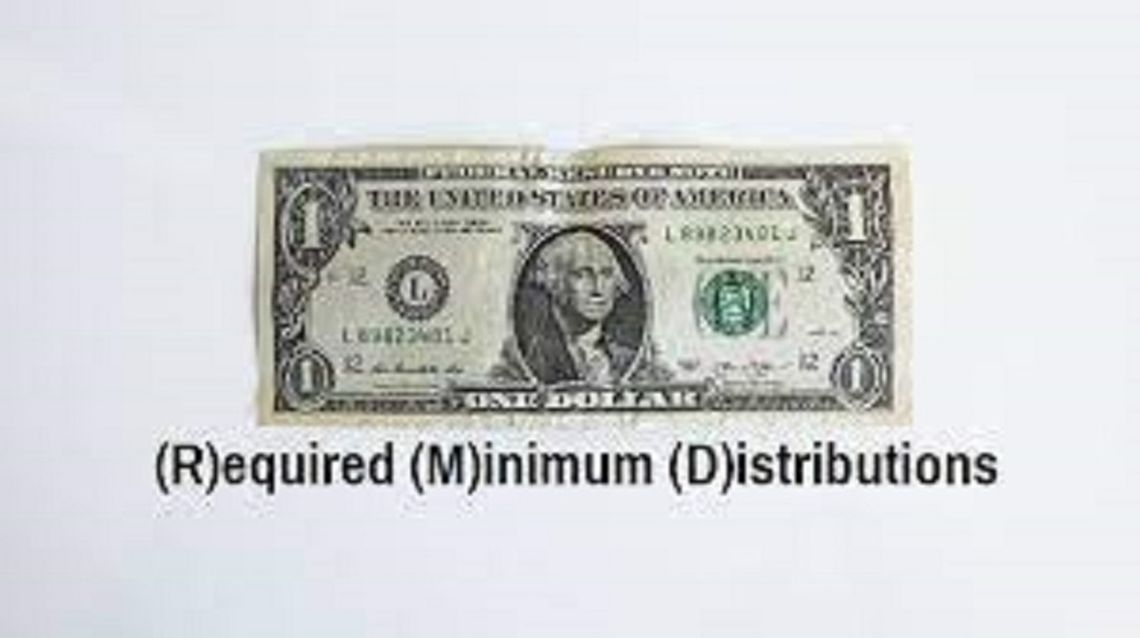If you’re a certain age, you’ll need to withdraw money from some of your retirement accounts each year. But in 2022, the amount you must take out may be changing more than in other years – and that could affect your retirement income strategy.
Here’s some background: Once you turn 72, you generally must start taking withdrawals, called required minimum distributions, or RMDs, from some of your retirement accounts, such as your traditional IRA and your 401(k) or similar employer-sponsored plan. Each year, your RMDs are determined by your age and account balances. This year, the life expectancy tables used by the IRS are being updated to reflect longer lifespans. This may result in lower annual RMDs than you’d have to take if this adjustment hadn’t been made.
If you’ve started taking RMDs, what does this change mean to you? It can be a positive development, for a few reasons:
· Potentially lower taxes – Your RMDs are generally taxable at your personal income tax rate, so the lower your RMDs, the lower your tax bill might be.
· Possibly longer “lifespan” for retirement accounts – Because your RMDs will be lower, the accounts from which they’re issued – including your traditional IRA and 401(k) – may be able to last longer without becoming depleted. The longer these accounts can stay intact and remain an asset, the better for you.
· More flexibility in planning for retirement income – The word “required” in the phrase “required minimum distributions” means exactly what it sounds like – you must take at least that amount. If you withdraw less than your RMD, the amount not withdrawn will be taxed at 50%. So, in one sense, your RMDs take away some of your freedom in managing your retirement income. But now, with the lower RMDs in place, you may regain some of this flexibility. (And keep in mind that you’re always free to withdraw more than the RMDs.)
Of course, if you don’t really need all the money from RMDs, even the lower amount may be an issue for you – as mentioned above, RMDs are generally taxable. However, if you’re 70½ or older, you can transfer up to $100,000 per year from a traditional IRA directly to a qualified charitable organization, and some, or perhaps all, of this money may come from your RMDs. By making this move, you can exclude the RMDs from your taxable income. Before taking this action, though, you’ll want to consult with your tax advisor.
Here are a couple of final points to keep in mind. First, not all your retirement accounts are subject to RMDs – you can generally keep your Roth IRA intact for as long as you want. However, your Roth 401(k) is generally subject to RMDs. If you’re still working past 72, though, you may be able to avoid taking RMDs from your current employer’s 401(k) or similar plan, though you’ll still have to take them from your traditional IRA.
Changes to the RMD rules don’t happen too often. By being aware of how these new, lower RMDs can benefit you, and becoming familiar with all aspects of RMDs, you may be able to strengthen your overall retirement income situation.
This article was written by Edward Jones for use by your local Edward Jones Financial Advisor. Edward Jones, Member SIPC










Comment
Comments